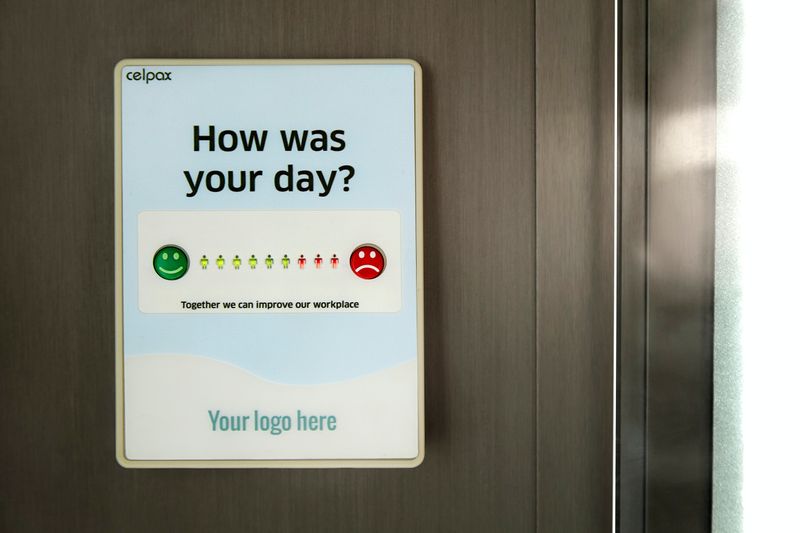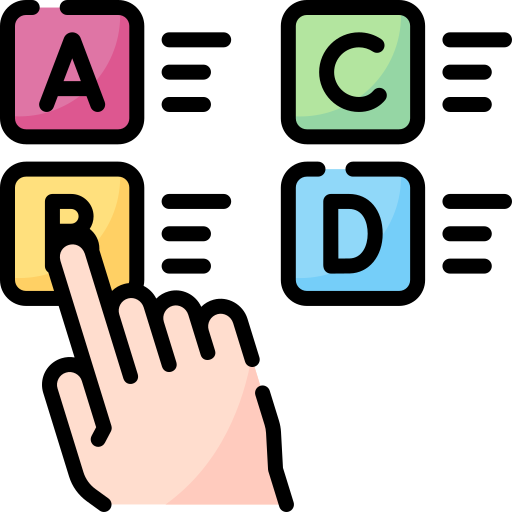Have you ever dealt with a difficult customer but didn't know how to conduct yourself?
 Photo by Icons8 Team on Unsplash
Photo by Icons8 Team on UnsplashApply this 4-step process of problem-solving techniques to help resolve customer complaints and improve customer satisfaction.
1. Assess Customer Satisfaction
Assessing customer satisfaction is like taking the temperature of how happy or upset your customers are with your products, services, or overall experience.
 Photo by Celpax on Unsplash
Photo by Celpax on Unsplash 
Collect feedback: Don't be afraid to ask your customers for their opinions! Tools that you can use:
surveys
interviews
online reviews

Use active listening: Pay attention to what your customers are saying.
Take the time to understand their concerns, suggestions, and feedback. Show them you genuinely care about their satisfaction.
2. Acknowledge the Customer's Pain
When customers face problems or challenges, it's important to acknowledge their pain and let them know that you understand their frustration.


Show your empathy: Let your customers know that their feelings are valid. Use phrases like:
"I can see why you're upset."
"That sounds really frustrating."
This validates their emotions and helps build a connection.

Apologize sincerely: If your company made a mistake, apologize sincerely.
Take responsibility for the issue and assure them that you'll work to resolve it.
A genuine apology goes a long way in restoring trust.
3. Offer Solutions
Offering solutions is all about finding ways to address your customers' pains and resolve their issues.

Brainstorm options: Brainstorm possible solutions and consider what resources or actions are available to resolve the problem effectively.
Recommend the best solution: Propose a solution that best addresses the customer's needs. Clearly explain how it will resolve their issue.
Take action: Once both you and the customer agree with the solution, take prompt action to implement it. Keep the customer informed of the progress — they will feel your support!
4. Follow Up with the Customer
To demonstrate your commitment to their satisfaction and show that you value their feedback, follow up with the customer.

Timely communication: Reach out to the customer promptly after the resolution. Thank them, and assure them that you'll take their feedback seriously.
Ask for feedback: Invite the customer to share their thoughts on the process. Check if they are satisfied with the solution, or if they need further help.
Learn and improve: Use the feedback to identify areas for improvement in your products, services, or processes. This feedback loop helps you enhance customer satisfaction in the long run.
Case Study: Handling a Difficult Customer
Meet Mike, a customer service representative at a popular online retail company. One day, Mike received a call from an angry customer, Sarah.
Sarah had recently received a damaged product. She was extremely frustrated with the whole experience. Mike had to handle the situation carefully and professionally.
Here's how he approached the challenging customer:
Assess Customer Satisfaction
Mike let Sarah vent her frustrations without interrupting and took note of the key issues she mentioned. This allowed him to understand the extent of the problem and assess Sarah's level of dissatisfaction.
 Image created by the author
Image created by the author
 Image created by the author
Image created by the author
Acknowledge the Customer's Pain
Once Sarah finished expressing her frustration, Mike acknowledged her pain. "Sarah, I can understand how frustrating it must be to receive a damaged product. I apologize for the inconvenience this has caused you."
Offer Solutions
Mike offered concrete solutions, "Sarah, I'm really sorry about the damaged product. I can arrange for a replacement to be sent to you immediately. Would that be acceptable?"
 Image created by the author
Image created by the author
Follow Up with the Customer
 Image created by the author
Image created by the author
Mike promised Sarah that he would oversee the replacement process. He provided her with a specific timeframe for the new product's delivery and made a note to follow up with her afterward to ensure her satisfaction.

By following these problem-solving techniques, Mike successfully handled a difficult customer, turning a negative experience into a positive one.
Quiz: A Frustrated Customer

You work as a customer service representative at an e-commerce company. One day, you receive an email from a customer named David.
David recently purchased a laptop from your company and encountered some issues with the product. He states that the laptop freezes frequently and the battery drains quickly, impacting his work productivity.
David is frustrated and expects a resolution from your company. How would you handle David's complaint?
A. Disregard David's concerns and provide a standard troubleshooting guide.
B. Immediately offer a full refund without further investigation.
C. Listen actively, empathize with David's concerns, and provide appropriate assistance.
D. Blame David for mishandling the laptop and refuse any support.
Quiz
Which solution would best address David's complaint?
Take Action

If you come across difficult customers next time, use this 4-step process of problem-solving strategies to resolve the complaints!
Your feedback matters to us.
This Byte helped me better understand the topic.
